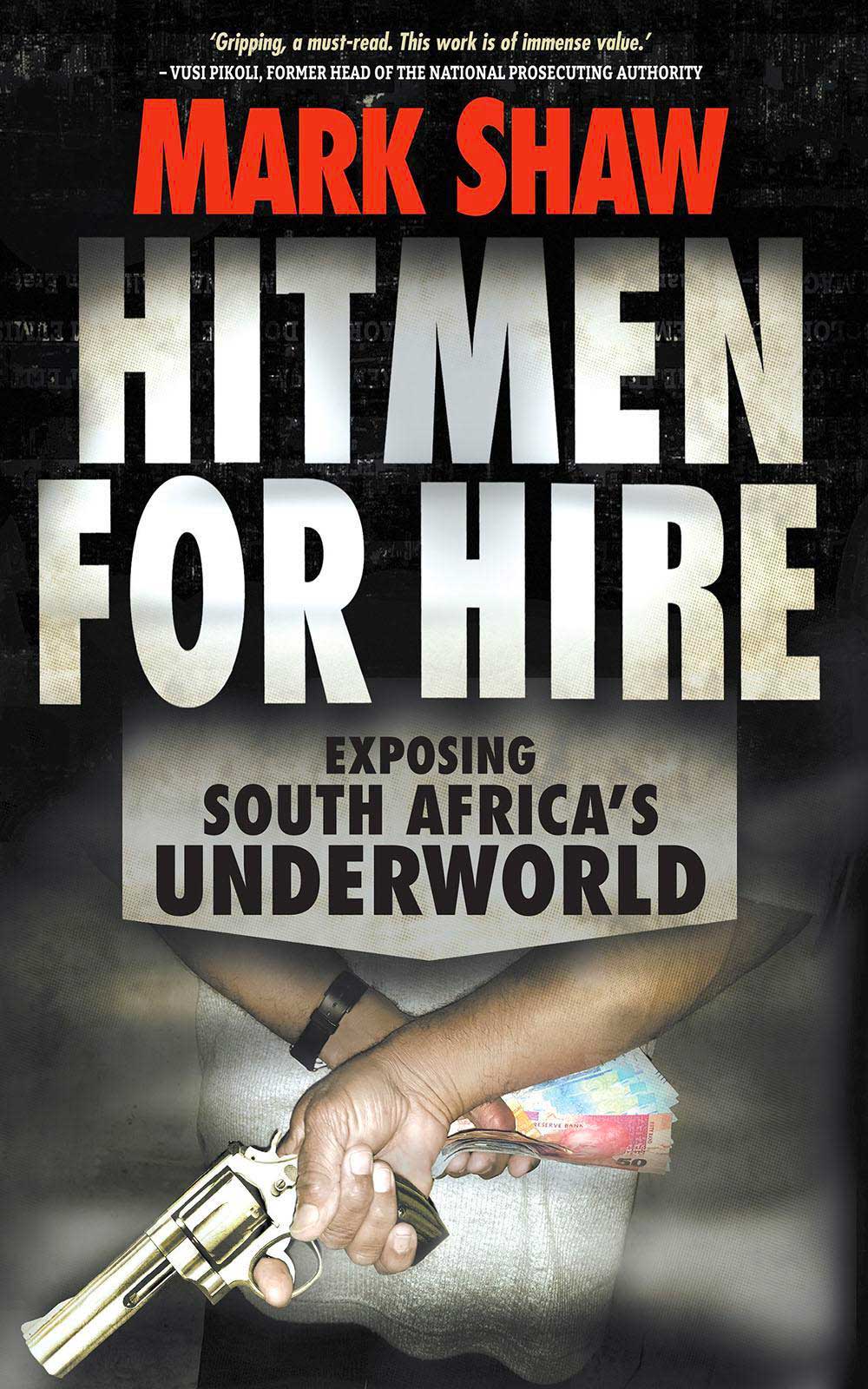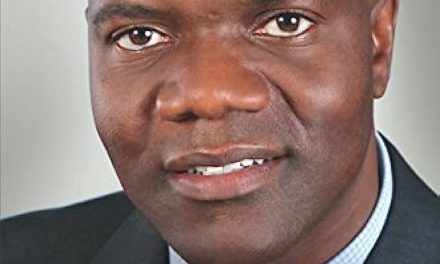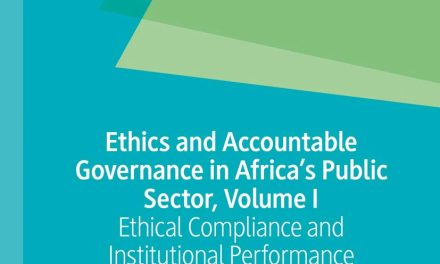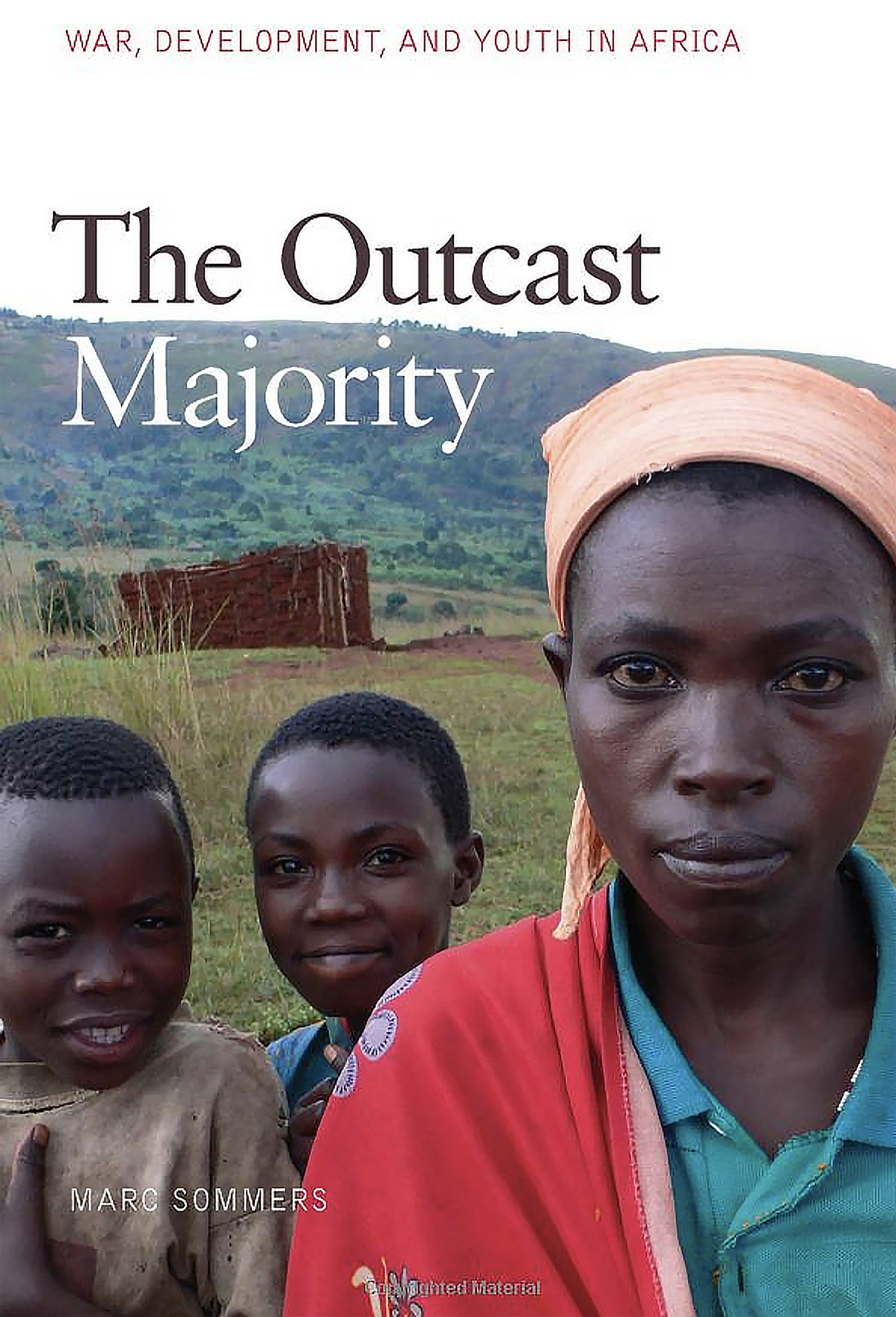Hitmen for hire: Exposing South Africa’s underworld, Jonathan Ball Publishers, 2017
In September 2022 the Global Initiative (GI) Against Transnational Organized Crime released a strategic assessment of the existential threat to South Africa that is organised crime. Development economics is clear that strong institutions – the social systems that motivate regular human behaviour – propel broad-based growth. Organised crime systematically erodes those institutions, undermining the rule of law, which in turn prevents investment from flowing into the country and generating poverty-alleviating growth: “Organised crime is inflicting a devastating toll on the political, economic and social fabric of South Africa, from central government to rural municipalities, and from the Johannesburg Stock Exchange to the spaza shop.”
Five years earlier, Mark Shaw, Director of the Global Initiative, released Hitmen for Hire: Exposing South Africa’s Underworld. Shaw’s objective was to try to get to grips with an under-researched dimension of organised crime in South Africa. There is plenty of material now written since mining magnate Brett Kebble’s killing in 2005 that tries to make sense of the various interacting dimensions.
Caryn Dolley’s highly anticipated Clash of the Cartels: Unmasking the global drug kingpins stalking South Africa has just been released by Maverick 451. Johann van Loggerenberg’s 2020 book Cop Under Cover: My life in the shadows with drug lords, robbers and smugglers, was a riveting if depressing read. There are a host of others. 
Clearly, then, I could have reviewed any number of books for this edition, but in reviewing Hitmen for Hire I hope to make the case that it is irreplaceable reading for anyone trying to make sense not only of organised crime, but of South Africa itself. Shaw’s account is an action page-turner interspersed with incisive academic precision, an unusual and skilful combination. He is not content to merely tell a story based on a few interviews; he locates the work properly within the academic literature and the existing data. In re-reading the book five years after its release, I am still amazed at how he and his team even managed to secure the interviews that he did.
Shaw opens with a prologue introducing us to Laylah (not her real name), who took to becoming an assassin because she was tired of being “just a tool – a tool for men”. The question behind the riveting topic of hitmen was what drove the organised market for violence in South Africa. This market and its connection to other criminal markets “had not been explored”. This is the moment the investigative academic capitalises on – there’s a gap in the data and it must be addressed. In this case, Shaw needed to “find out more… by searching for the hitmen of the criminal underworld”. And for any researcher with an interest in knowing how information is gathered, organised, and processed, this book beats a methodology textbook. Textbooks tell you not to ask leading questions, or to avoid mirroring effects; they do not tell you how to organise unlikely interviews and then converse with professional hitmen.
For Laylah, it wasn’t just that she felt used; she had been raped. Immediately there is the connection to Gender-Based Violence (GBV) in our society. And the decision to become a hit-woman was a means of taking back some power, and her job started out by luring men to places where her gang could kill them. She then got involved with a notorious killer.
When he cheated on her, she shot the other girl in the arm. Eventually her boyfriend, with whom she had a child, was riddled with bullets by a rival gang. There was nothing she could do except fend for herself, so she became a full-blown hit-women. And the crux of the interview was that it’s easy for those of us who didn’t grow up in places like Cape Town’s Manenberg or Hanover Park to talk glibly of the importance of “breaking out” of the gangs. Laylah was trying to get in, as she saw gang life as literally the only option.
When the murder rate in Cape Town started to rise conspicuously, higher than in other parts of the country after a period of national decline, Shaw began digging. From the newspaper reports alongside the homicide data, he noticed “a direct instrumentality – a clear purpose – in the killing or attempted killing”. The growing prevalence of targeted killings “smacked of mafia-style violence, murders carried out to achieve some purpose in the illicit economy (and sometimes the licit one).” Part of the concern for Shaw was that if one buys the line that most murders are a function of social dysfunction, one may be thinking about the problem incorrectly.
Shaw and his team at the University of Cape Town then went about building a database of “hits” over a 17-year period leading up to 2016. Searching newspaper databases alone for categories of contract killing; political assassination; hitman; and taxi killing yielded 14,000 articles. Bear in mind that many hits never make it into the papers, suggesting under-recording. There’s also the categorisation problem, but for Shaw and his team if there was enough information to reliably suggest a hit (a well-planned killing in which the perpetrator had been paid to execute it), it entered the database. They recorded 1,146 incidents over those 17 years. Four hundred and eighty four hits were linked to the taxi industry; 248 were political; 261 were linked to organised crime of one kind or another, and 153 were attributed to domestic disputes.
The book is essentially a distillation and analysis of more than 100 in-depth interviews that Shaw was able to conduct over a two-year period with the database as backdrop. The first major point is that hitmen are not like assassins in the movies – often it’s their vulnerability that makes them unpredictable and therefore dangerous.
Beyond the critical methodological points exposited in the introduction, the first chapter documents the killing of “Junior 13”, Monare Selokwe – not as well-known as the infamous Czech-born crime boss Radovan Krejcir, “but should have been” given his bank-robbing prowess in the early 2000s. It was Oceans Eleven kind of stuff. And Selokwe seemed politically untouchable, easily able to make dockets disappear. Prophetically, Shaw closes the chapter with an observation that the problem with a growing “hits culture” is that it risked permeating up through the system, affecting local, provincial, and national politics. Indeed, the 2022 assessment referenced earlier states: “Professional hitmen are in high demand within the taxi industry and organised crime markets, and are also contracted by political and business actors to remove rivals and threats, making assassination a strategic tool for under- and upperworld actors alike…” The two main recruitment markets for hitmen are the KwaZulu-Natal and Eastern Cape taxi associations and the gangs of the Western Cape. There is also evidence of police, gangs and taxi associations contracting out hits to one another.”
The second chapter crushes our traditional view that the police service is the thin blue line between order and the criminal world. Shaw shows that they are often – in the South African context – the gatekeepers of the boundaries between the upper and underworlds. This is perhaps the most important chapter in the book because it details the intricate dynamics of the hitman world. Contract killing is not simple freelancing; it requires connections with powerful crime bosses, but hitmen are typically not employed within any one gang. They constitute an independent pool of competing guns for hire, and they need protection. This protection typically comes from the police, the very service that most of us expect are trying to protect citizens.
Beyond the first two chapters, the book gets more riveting and more depressing in almost equal measure. You know you shouldn’t read it before trying to sleep, but you can’t help it.
Maybe you’ve read a bit here and there about the taxi gangs in the Western Cape, but the third chapter on this subject is an eye opener. Chapter four moves into the seedy world of clubs, drugs, and the competing domains of different gangs. Chapter five moves into gang territory, some of whom have already featured in previous chapters, but it’s worth having a white-board and mapping out which gangs operate where and how they interact with hitmen.
As if these dynamics are not complicated enough, chapter six explores outside gangs, namely the Nigerians – pimping and prostitution – and their competition with local gangs. With such an extensive proliferation of organised crime, South African politics is infiltrated by extension, and chapter seven tackles this dimension. Again, many of us read about competition between local councillors over scarce resources, but it’s an entirely different thing to be pulled out of your seat into picturing the township, the black Nissan Navara bakkie driving ominously around, and feeling as if you’re witnessing the impending, inevitable murder of Thuli Ndlovu. In chapter eight, Shaw returns to the theme of the police as organised crime by tracing the rise of Krejcir. “In the contemporary underworld, money has become the only true currency of protection and paying off the police is now the norm in the markets for violence, including the taxi and illicit drug industries,” Shaw writes.
Shaw concludes that contract killing is growing in the context of a weakening state (and it has not gotten any stronger since 2017 despite efforts to stem the worst of state capture’s hemorrhaging). As the state weakens, economic opportunities lend themselves to criminal exploitation. And hitmen are better for business than open warfare. Targeted violence as a commercialised service is on the rise: “It is discreet, affordable and powerfully effective, and consequently it is insidiously damaging to the achievement of a safe and stable democratic country.” Perhaps the most concerning thing about this book is that the evidence suggests that this ominous conclusion is not likely to be contradicted in the near future.
Dr Ross Harvey is a natural resource economist and policy analyst, and he has been dealing with governance issues in various forms across this sector since 2007. He has a PhD in economics from the University of Cape Town, and his thesis research focused on the political economy of oil and institutional development in Angola and Nigeria. While completing his PhD, Ross worked as a senior researcher on extractive industries and wildlife governance at the South African Institute of International Affairs (SAIIA), and in May 2019 became an independent conservation consultant. Ross’s task at GGA is to establish a non-renewable natural resources project (extractive industries) to ensure that the industry becomes genuinely sustainable and contributes to Africa achieving the Sustainable Development Goals (SDGs). Ross was appointed Director of Research and Programmes at GGA in May 2020.












